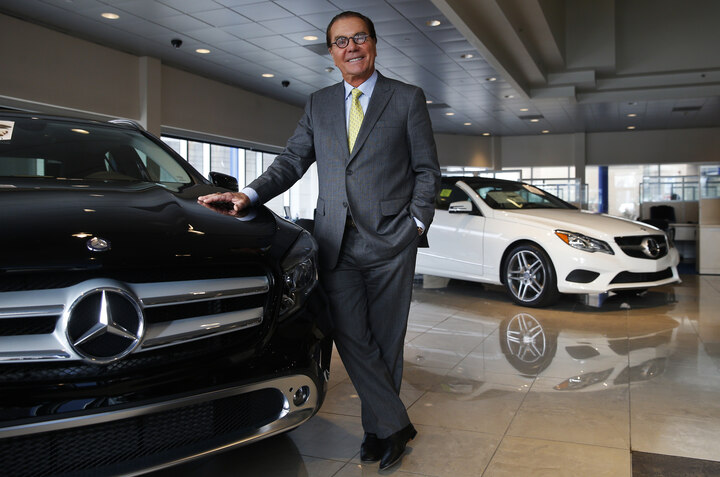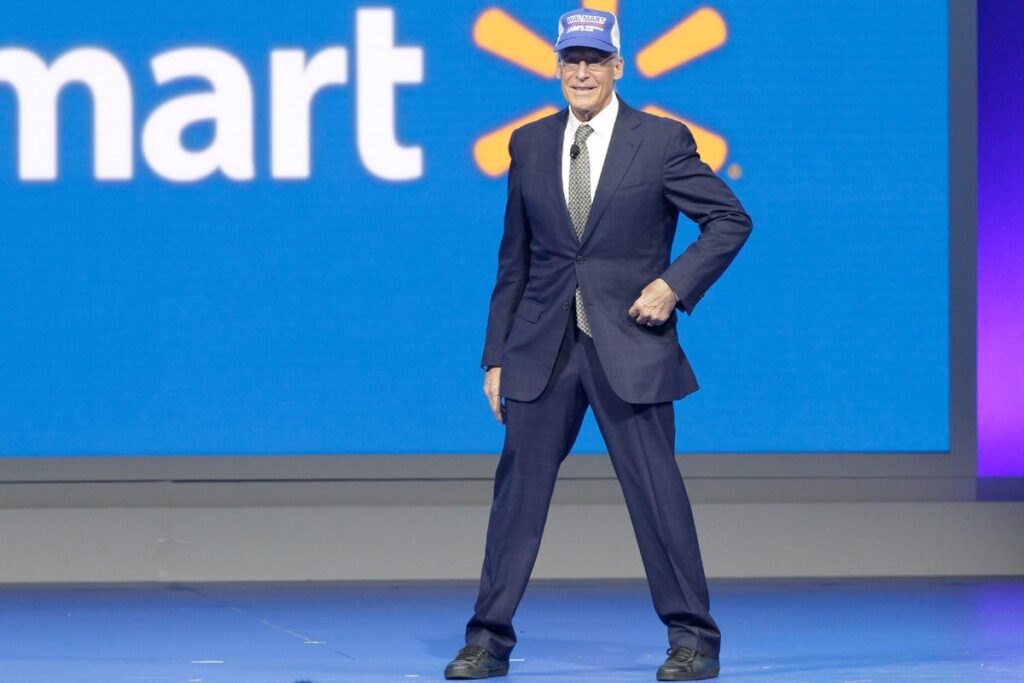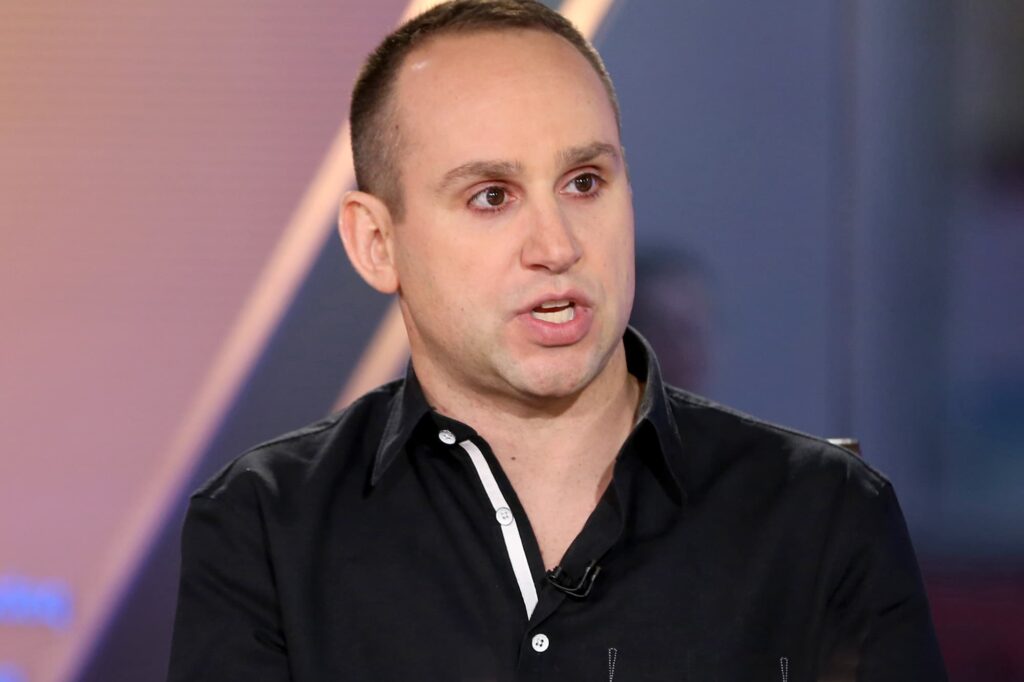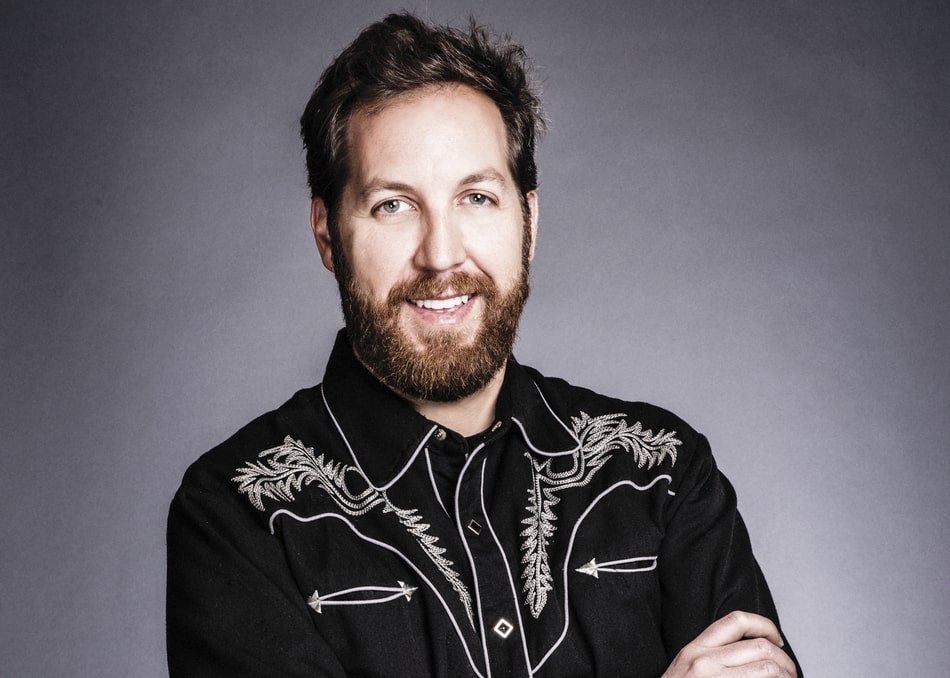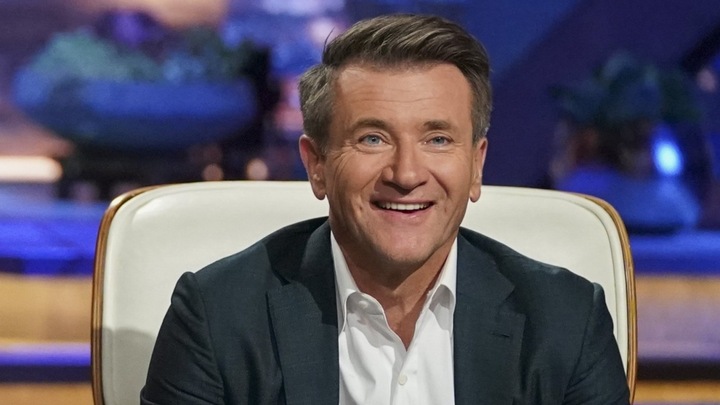From Engineer to Entrepreneur: The Rise of Kyle Vogt
Kyle Vogt is an American engineer, businessman, executive in technology, and pioneer in robotics.
About Kyle Vogt and Cruise
Vogt established Cruise Automation in 2013, and he presently holds the positions of president, CTO, and CEO of the company. Since being acquired by General Motors in May 2016, Cruise has operated as a stand-alone division of the automaker and develops self-driving car technology.
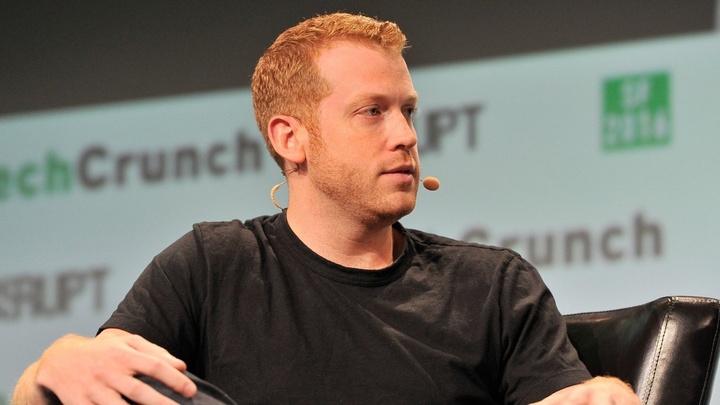
Initially, Cruise concentrated on creating direct-to-consumer kits to equip cars with rudimentary self-driving features. In 2015, Cruise modified its approach and started developing software for fully autonomous vehicles.
The brand’s ideology exhorts drivers to participate in shared ownership rather than private ownership in order to lessen the harm done to the environment, the frequency of accidents, and the traffic in major cities.
Also Read: A High School Dropout becoming a Billionaire
Cruise has been working on creating hardware and software to create completely autonomous vehicles utilizing an adapted Chevy Bolt EV since joining General Motors. Cruise announced last year that it would offer a free autonomous robotaxi service to the general public in San Francisco.
This accomplishment enabled SoftBank Vision Fund to spend $1.35 billion. Once Cruise was prepared for commercial deployment, SoftBank had already agreed to contribute an extra $1.35 billion in addition to its previous $900 million investment.
Early Life
Vogt attended the Massachusetts Institute of Technology as an undergraduate student to study electrical engineering and computer science. Vogt took part in the 2004 DARPA Grand Challenge there, which several influential figures in the field of autonomous vehicles have credited with catalyzing the development of technology essential to self-driving automobiles.
Vogt participated in two seasons of BattleBots and worked as an intern at Roomba while he was still attending MIT. During his junior year, Vogt dropped out of MIT to join the group that would later find Justin.tv and Twitch.
Success Story
Vogt joined the founding teams of Socialcam and Twitch in 2011; both companies were later acquired, Twitch by Amazon for $970 million and Socialcam for $60 million. Vogt switched to autonomous vehicles after leaving Twitch and co-founded Cruise Automation as President and CTO in 2013.
Early on, the business took part in Y Combinator, a startup boot camp that trains and supports aspiring business owners. Cruise was Y Combinator’s first venture into the auto sector; they hadn’t previously worked on automobiles. However, the partners were familiar with Vogt.
The RP-1 iteration of Cruise technology-enhanced human driving by providing an autonomous capability that was provided for the Audi A4 or S4. The $10,000 kit was designed with the final goal of retrofitting all vehicles with a highway autopilot system.
Also Read: The Success Story of Sam Walton: Founder of Walmart
Ultimately, Cruise came to the conclusion that mastering city driving posed the bigger obstacle. The company made the decision to forgo the RP-1 in January 2014 in favor of employing the Nissan Leaf to create a fully driverless vehicle. In 2016, General Motors reportedly paid more than $1 billion to acquire Cruise.
After former Cruise CEO Dan Ammann departed the company in 2021, Vogt took over as CEO in an acting capacity until he was officially named in 2022, keeping his positions as CTO and President.

I am a law graduate from NLU Lucknow. I have a flair for creative writing and hence in my free time work as a freelance content writer.
